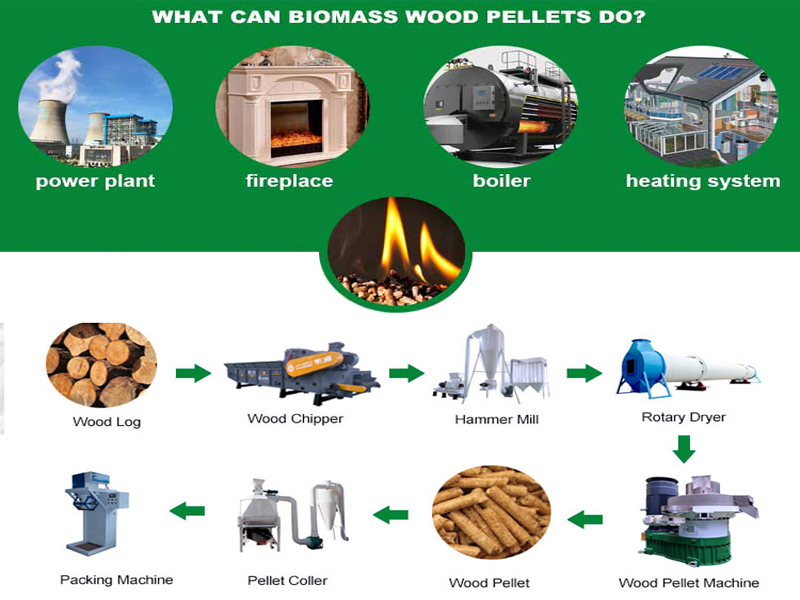Requirements for raw materials for pellet machines
1. It has different moisture requirements for different raw materials, and usually the granulator requires that the moisture content of the raw materials should not exceed 15%.
2. The granulation machine requires that the larger size of raw materials should not exceed the diameter of the mold hole.
3. Hard objects such as iron blocks and stones should not be added to the raw materials, otherwise the equipment will be damaged.
4. The granulation effect can be achieved without any additives in the raw materials, but in order to increase production and significantly extend the service life of vulnerable parts such as mold plates and rollers, it is recommended to use adhesives reasonably.

Construction Description of Biomass Granulator
1. Main body: The machine body is a vertical rectangular column, with a closed bearing seat connected to the powder hopper. The powder hopper extends towards the outside of the machine, and a V-shaped chassis is installed below it, which is wide and flat on the ground. Therefore, it must be installed below and can be placed indoors for use at will.
2. Particle manufacturing device: The rotating drum is horizontally placed under the powder hopper, with bearing supports at the front and rear. It rotates in a reverse direction through the transmission of gear racks, and the front bearing cover of the end face is movable. When assembling and disassembling, simply unscrew a wing nut, the bearing cover, and the rotating drum can be extracted. The two ends of the placed drum are made with convex square rings, which are embedded in the bearing chamber, so as to prevent oil stains from seeping into the powder and prevent it from sticking and blocking.
3. Reduction gearbox: adopts worm gear transmission with a speed ratio of 1:12. The gearbox can store oil, and the gears are well lubricated and free of noise. There is a mirror on the gearbox to observe the operation and oil storage. The outer end of the worm gear is equipped with an eccentric shaft, which drives the gear rack to move back and forth.


